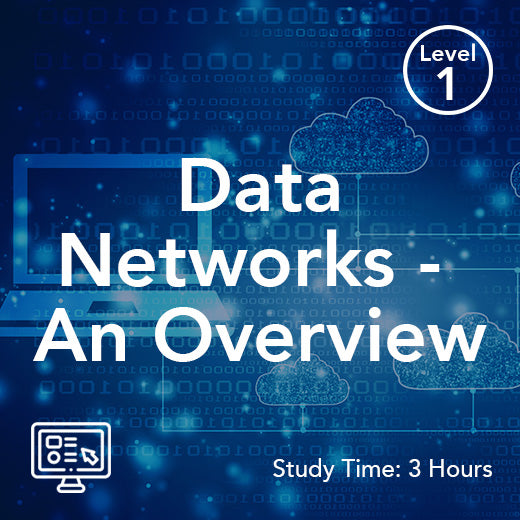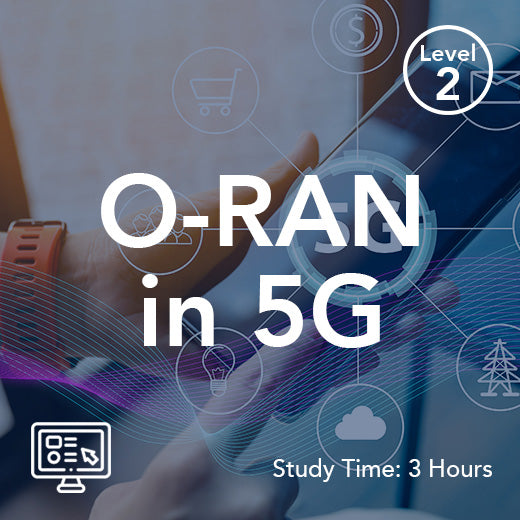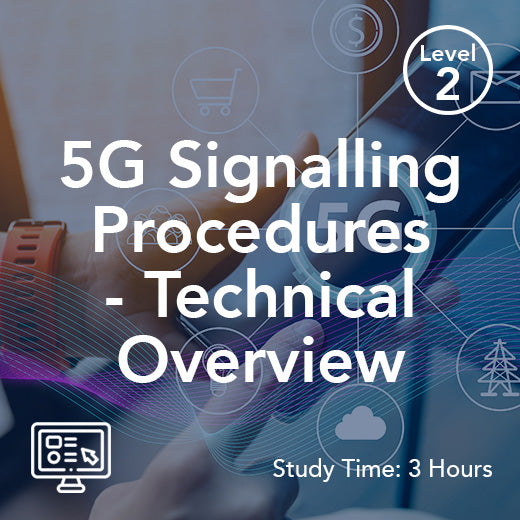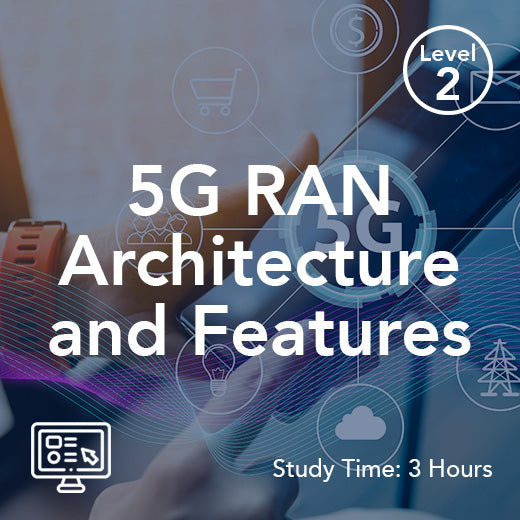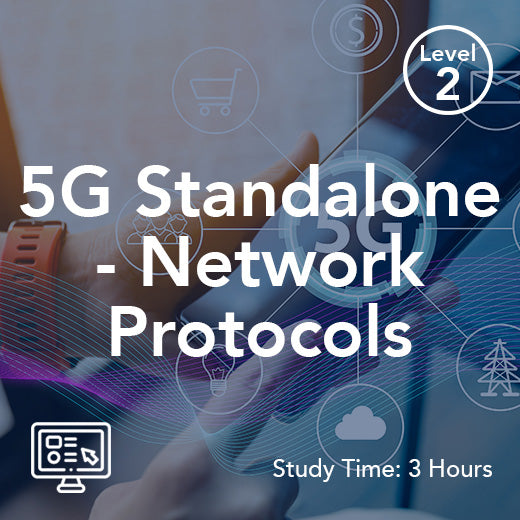What Is 3GPP Release 19
- , by Stephanie Burrell
- 3 min reading time
3GPP Release 19 is the latest update in the series of specifications developed by the 3rd Generation Partnership Project (3GPP) for mobile telecommunications networks. It aims to bring significant advancements and improvements to the existing 5G technology, addressing critical challenges and needs to enhance performance and set the foundation for future developments like 6G. This release focuses on addressing the critical needs of the telecom industry, such as enabling better connectivity for IoT devices, enhancing network security, and providing a seamless user experience across different network environments. With 3GPP Release 19, operators and vendors can expect a more robust and future-proof framework that is expected to drive innovation and growth in the telecom sector.
Introduction to 3GPP
The 3rd Generation Partnership Project (3GPP) is a global cooperation between several telecommunications standards organizations, aiming to develop and maintain a set of standards for mobile telecommunications systems. With a history spanning over two decades, 3GPP has played a crucial role in defining the standards for mobile networks, including 2G, 3G, 4G, and 5G. The organization’s primary objective is to ensure seamless global roaming and interoperability between different mobile networks, enabling users to stay connected regardless of their location. 3GPP’s standards have been widely adopted, and its work has had a significant impact on the development of mobile communications.
Mobile Networks and 3GPP Release 19
3GPP Release 19 is the latest iteration of specifications set forth by the 3rd Generation Partnership Project. This release aims to enhance and evolve the capabilities of mobile networks, with a primary focus on improving network performance, energy efficiency, and support for new use cases. Release 19 introduces several key features, including enhanced support for industrial wireless sensor networks, improved network energy efficiency, and power saving features. These advancements will enable mobile networks to better support mission-critical communications, satellite communications, and non-terrestrial networks. Furthermore, Release 19 ensures a smooth transition and coexistence between different generations of mobile networks, paving the way for a more connected and advanced digital future.
Non-Terrestrial Networks Integration
Non-terrestrial networks (NTNs) are being integrated with 5G networks, enabling seamless communication between terrestrial and satellite networks. This integration is facilitated by the use of Global Navigation Satellite Systems (GNSS) and other satellite-based technologies. NTNs will play a crucial role in providing coverage in areas where traditional mobile networks are not available, such as remote or rural areas. The integration of NTNs with 5G networks will also enable new use cases, such as IoT devices and mission-critical communications. Release 19 includes several features that support the integration of NTNs, including improved handover procedures and enhanced support for satellite communications.
Network Automation and Efficiency
Network automation and efficiency are critical aspects of 3GPP Release 19. The release introduces several features that enable network automation, including machine learning (ML) based solutions and improved network energy efficiency. These features will enable mobile networks to optimize their performance, reduce energy consumption, and improve overall efficiency. Release 19 also includes features that support the cost-efficient realization of 5G networks, such as reduced capability (RedCap) device support and improved uplink scheduling. Additionally, the release introduces new features that enable network automation, including UE-initiated measurement reporting and capacity optimization.
5G Advanced Features
3GPP Release 19 introduces several 5G Advanced features, including enhanced support for virtual reality (VR) and augmented reality (AR) applications. The release also includes features that support the integration of distributed transmitters and fully distributed MIMO (D-MIMO) technologies. These features will enable mobile networks to provide higher output power, improved signal quality, and enhanced support for mission-critical communications. Release 19 also includes features that support the early adoption of new technologies, such as integrated sensing and communication (ISAC) and ML-based solutions. Furthermore, the release introduces new features that enable improved packet delay information, beam management, and handover procedures, ensuring a seamless user experience. Overall, Release 19 represents a significant milestone in the evolution of mobile communications, paving the way for a more connected and advanced digital future.














